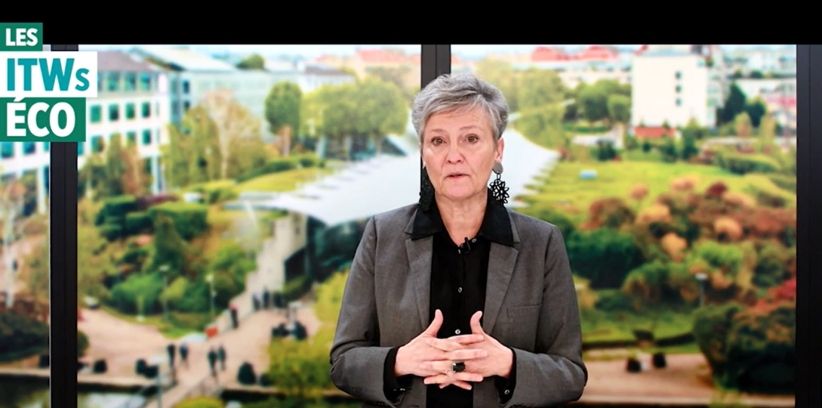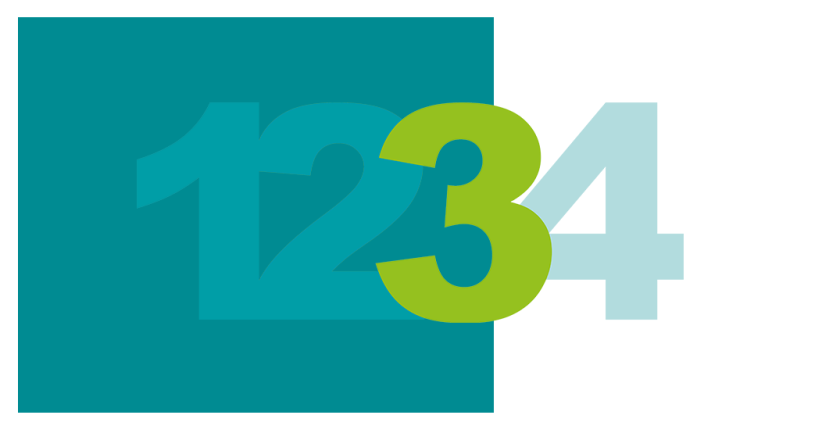
World – Macro-economic scenario 2024-2025: normalisation(s)?
“Normalisation” is on the horizon, but bumps in the road are likely. Interest rates have not bitten quite as hard as expected, while the labour markets have generally held up well, and inflation is subsiding. However, in the US, inflation may settle above the Fed’s target. In the Eurozone, prices themselves may be an issue and could ultimately hobble growth.
In the US, the economy held up unexpectedly well in 2023, mainly due to its lower sensitivity to interest rates. Many households and businesses were able to lock in their debt at lower interest rates, enabling them to better absorb the impacts of monetary tightening, at least in the short term. Better short-term absorption does not mean that these households and businesses will be unaffected, but it does defer the repressive impact of high interest rates. The amount of corporate debt maturing is increasing in 2024 and will continue to grow in 2025. The impact of rising interest rates on households could also intensify slowly as the effective interest rate gradually rises, while arrears on other types of debt (eg, credit cards and auto loans) have already grown. Higher interest rates will bite eventually, when large amounts of debt have to be financed at higher interest rates, leading to a mild recession in Q424 and Q125. The recession will only be mild, mainly because unemployment is expected to rise only modestly to 4.6%. After 2.5% growth in 2023, our scenario calls for growth of 1.8% in 2024 and just 0.4% in 2025, despite gradual interest rate cuts orchestrated by a cautious Fed. Although it has slowed, inflation remains sticky. Despite an expected mild recession and further fairly robust wage growth, disinflation is expected to continue, But over our forecast horizon (2025), headline and core inflation are expected to fall to around 2.4% and 2.7%, respectively, which is above the 2% target.
In the Eurozone, headline inflation has come down (from an average annual rate of 5.5% in 2023 to an expected 2.6% in 2024 and 2.1% in 2025), and improved financing conditions are fuelling hopes of a recovery in domestic private-sector spending, in particular household consumption. As a result, our scenario is cautiously optimistic, and we are forecasting GDP growth of 0.7% in 2024 and 1.5% in 2025 (after growth of 0.5% in 2023). The short-term outlook has brightened somewhat, but doubts over the longer term persist, including unanswered questions about the potential growth in this new interest rate and inflation regime, and whether or not this new monetary normal is here to stay. Furthermore, the negative competitiveness shock associated with the war in Ukraine could have damaged the zone’s growth potential on a more permanent basis. The downside risks to growth are greater than the upside inflation risks.
In China – which has no major recovery plan despite some ambitious official targets – our scenario remains cautious and projects that growth will fall from 5.2% in 2023 to 4.4% in 2024, which is barely an improvement on the 2022-23 average of 4.1%. China’s easing measures mean that the best we can hope for is a modest slowdown and very muted reflation, given the persistence of disinflationary pressure associated with weak consumer demand, the absence of measures to stimulate consumer spending, and saturation in certain manufacturing sectors.
Do not trip up when it comes to monetary policy. Slow and steady wins the race. Inflation has come down from extremely high levels, albeit unevenly, and has suffered shocks along the way (especially in the Eurozone). Central banks hiked their key rates to rein in inflation, and they have remained high for some time now. It is time to start cutting rates cautiously.
The Fed has been extremely vigilant and could start to cautiously ease its monetary policy with an initial 25bp cut to its key rate in July. Another 25bp cut in November would bring the upper bound of the Fed funds rate down to 5.00% by year-end. Based on the sharper slowdown in growth in our scenario for early 2025, we then expect the Fed to pick up the pace of its rate cuts and bring the upper bound down to 3.50%. With inflation expected to remain stubbornly above the Fed’s target and the neutral interest rate likely to be higher than before, the Fed may have a tough time bringing the upper bound down further than 3.50%.
Meanwhile, the ECB should be able to start easing monetary policy in June given the improvement in inflation. The ECB is expected to cut rates by 75bp in 2024 and the same amount in 2025, bringing the deposit facility rate to 2.50%.
When it comes to bond yields, do not hope for too much. While markets were developing a scenario of imminent and widespread key rate cuts, solid growth and sticky inflation caused them to become disillusioned: long rates have risen. But expectations for monetary easing still seem too optimistic. Long rates may have to wait a little longer before embarking on a gradual downward trend.
In the US scenario, yields are slightly higher across the curve. To illustrate this, US Treasury yields are expected to be around 4.20% at year-end, compared to the previous forecast of 4.10%.
In the Eurozone, the upward adjustment implied by excessively optimistic expectations for monetary easing, the absence of a recession but also the budget deficits of several major countries, mean that we should not expect yields on European government bonds to fall significantly. The 10Y Bund yield is expected to be around 2.40% at the end of 2024. Sovereign spreads are not expected to suffer, assuming that the key factors keeping them narrower remain (easier financial conditions and lower volatility, pushing investors to be less risk-averse). With monetary easing set to begin, our scenario calls for spreads to widen very modestly, with France and Italy respectively offering premiums of approximately 60bp and 160bp over the Bund at the end of 2024.
Finally, on FX, the 2024 calendar is full enough for us to concentrate on this year alone before outlining a longer-term scenario. Monetary easing is around the corner, and there is the prospect of a mild recession in the US, where a presidential election will be held in November. The combination of these factors means that we are calling for the USD to underperform slightly against its G10 peers (except for the EUR) before recovering in Q4.
Consult our publication World – Macro-economic scenario 2024-2025: normalisation(s)? – 5 April 2024





